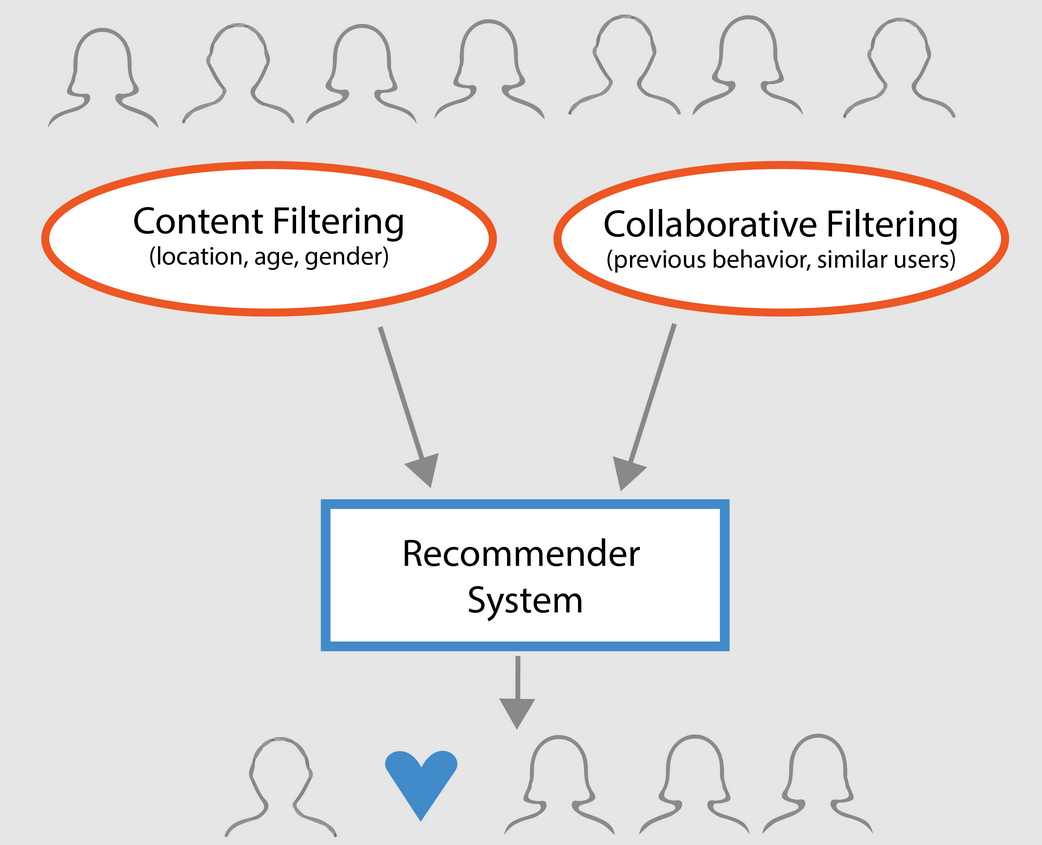Reading Notes
Overview
One of the holy grails of machine learning is to automate more and more of the feature engineering process. ― Pedro Domingos
Featuretools is a python library for automated feature engineering.
- Examples
- define your own custom primitives
- demos
- Paper: Deep feature synthesis: Towards automating data science endeavors
Quick Start
install with pip
python -m pip install featuretoolsBelow is an example of using Deep Feature Synthesis (DFS) to perform automated feature engineering.
>> import featuretools as ft
>> es = ft.demo.load_mock_customer(return_entityset=True)
>> es.plot()>> feature_matrix, features_defs = ft.dfs(entityset=es, target_entity="customers")
>> feature_matrix.head(5) zip_code COUNT(transactions) COUNT(sessions) SUM(transactions.amount) MODE(sessions.device) MIN(transactions.amount) MAX(transactions.amount) YEAR(join_date) SKEW(transactions.amount) DAY(join_date) ... SUM(sessions.MIN(transactions.amount)) MAX(sessions.SKEW(transactions.amount)) MAX(sessions.MIN(transactions.amount)) SUM(sessions.MEAN(transactions.amount)) STD(sessions.SUM(transactions.amount)) STD(sessions.MEAN(transactions.amount)) SKEW(sessions.MEAN(transactions.amount)) STD(sessions.MAX(transactions.amount)) NUM_UNIQUE(sessions.DAY(session_start)) MIN(sessions.SKEW(transactions.amount))
customer_id ...
1 60091 131 10 10236.77 desktop 5.60 149.95 2008 0.070041 1 ... 169.77 0.610052 41.95 791.976505 175.939423 9.299023 -0.377150 5.857976 1 -0.395358
2 02139 122 8 9118.81 mobile 5.81 149.15 2008 0.028647 20 ... 114.85 0.492531 42.96 596.243506 230.333502 10.925037 0.962350 7.420480 1 -0.470007
3 02139 78 5 5758.24 desktop 6.78 147.73 2008 0.070814 10 ... 64.98 0.645728 21.77 369.770121 471.048551 9.819148 -0.244976 12.537259 1 -0.630425
4 60091 111 8 8205.28 desktop 5.73 149.56 2008 0.087986 30 ... 83.53 0.516262 17.27 584.673126 322.883448 13.065436 -0.548969 12.738488 1 -0.497169
5 02139 58 4 4571.37 tablet 5.91 148.17 2008 0.085883 19 ... 73.09 0.830112 27.46 313.448942 198.522508 8.950528 0.098885 5.599228 1 -0.396571
[5 rows x 69 columns]Concepts
Feature engineering requires that we use what we understand about the data to build numeric rows (feature vectors) which we can use as input into machine learning algorithms. The primary benefit of Featuretools is that it does not require you make those features by hand. The requirement instead is that you pass in what you know about the data.
That knowledge is stored in a Featuretools EntitySet.
EntitySets are a collection of tables with information about relationships between tables and semantic typing for every column.
We’re going to show how to
- pass ininformation about semantic types of columns,
- load in a dataframe to an
EntitySetand - tell the
EntitySetabout reasonable newEntitiesto make from that dataframe.
# List the semantic type for each column
import featuretools.variable_types as vtypes
variable_types = {'gender': vtypes.Categorical,
'patient_id': vtypes.Categorical,
'age': vtypes.Ordinal,
'scholarship': vtypes.Boolean,
'hypertension': vtypes.Boolean,
'diabetes': vtypes.Boolean,
'alcoholism': vtypes.Boolean,
'handicap': vtypes.Boolean,
'no_show': vtypes.Boolean,
'sms_received': vtypes.Boolean}The variable_types dictionary is a place to store information about the semantic type of each column.
(While many types can be detected automatically, some are necessarily tricky.)
Changing the variable type will change which functions are automatically applied to generate features.
Make an entity appointments:
# Make an entity named 'appointments' which stores dataset metadata with the dataframe
es = ft.EntitySet('Appointments')
es = es.entity_from_dataframe(entity_id="appointments",
dataframe=data,
index='appointment_id',
time_index='scheduled_time',
secondary_time_index={'appointment_day': ['no_show', 'sms_received']},
variable_types=variable_types)
es['appointments']The time index and secondary time index notate what time the data is recorded. By doing that, we can avoid using data from the future while creating features.
# Make a patients entity with patient-specific variables
es.normalize_entity('appointments', 'patients', 'patient_id',
additional_variables=['scholarship',
'hypertension',
'diabetes',
'alcoholism',
'handicap'])
# Make locations, ages and genders
es.normalize_entity('appointments', 'locations', 'neighborhood',
make_time_index=False)
es.normalize_entity('appointments', 'ages', 'age',
make_time_index=False)
es.normalize_entity('appointments', 'genders', 'gender',
make_time_index=False)
es.plot()Finally, we build new entities from our existing one using normalize_entity. We take unique values from patient, age, neighborhood and gender and make a new Entity for each whose rows are the unique values. To do that we only need to specify where we start (appointments), the name of the new entity (e.g. patients) and what the index should be (e.g. patient_id). Having those additional Entities and Relationships tells the algorithm about reasonable groupings which allows for some neat aggregations.


